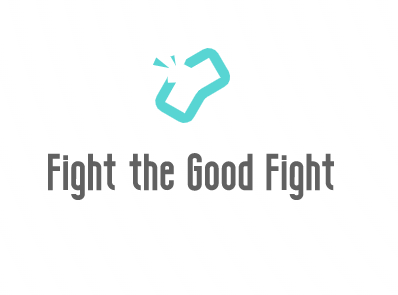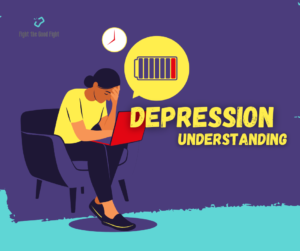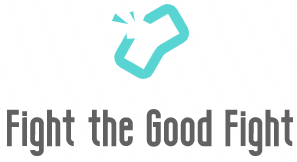Pornography addiction has become a significant concern in today’s digital age. Like other forms of addiction, pornography addiction operates within cycles that perpetuate and intensify the addictive behavior. In this article, we will explore the cycles of addiction associated with pornography and discuss how they contribute to the development and maintenance of this compulsive behavior.
The Cycle of Craving and Anticipation
The addiction cycle typically begins with a period of craving and anticipation. During this phase, individuals may experience an intense desire to consume pornography, often driven by emotional or psychological factors such as stress, loneliness, or boredom. The brain’s reward system becomes activated, and the individual starts to fantasize about the anticipated pleasure they believe pornography will provide. This anticipation triggers a release of dopamine, a neurotransmitter associated with pleasure and reward, reinforcing the desire for pornography.
The Cycle of Engagement
Once an individual begins engaging with pornography, they enter the phase of active consumption. The consumption can occur through various means, such as accessing explicit websites, watching videos, or viewing explicit images. As the individual indulges in pornography, the brain experiences a surge of dopamine, producing feelings of pleasure and satisfaction. This reinforcement strengthens the neural pathways associated with the addictive behavior, making it more likely for the individual to seek out pornography again in the future.
The Cycle of Escalation
Over time, individuals may find that the initial level of pornography they consumed no longer provides the same level of excitement or gratification. This leads to a cycle of escalation, wherein the individual seeks out more explicit or extreme forms of pornography to achieve the desired level of arousal. The brain adapts to the repeated exposure and habituates to the previous stimuli, necessitating a constant search for novelty and intensity. The cycle of escalation can contribute to the development of satyriasis, a condition characterized by an insatiable and compulsive need for sexual stimulation.
The Cycle of Consequences
The cycle of consequences is an integral part of addiction. As individuals continue to engage with pornography, negative consequences begin to emerge. These consequences can be both psychological and social in nature. Psychologically, individuals may experience feelings of guilt, shame, and self-loathing due to their inability to control their pornography consumption. These negative emotions can fuel the addictive cycle, as individuals may turn to pornography as a means of escape or self-medication. Socially, addiction to pornography can strain relationships, lead to social withdrawal, and impact overall functioning in various areas of life.
The Cycle of Withdrawal and Relapse
When individuals attempt to reduce or quit their pornography consumption, they often encounter withdrawal symptoms. These symptoms can include irritability, restlessness, anxiety, and a strong urge to engage with pornography. The withdrawal phase is challenging, as the individual’s brain has become dependent on the dopamine release associated with pornography consumption. In the face of withdrawal symptoms, individuals may experience a relapse, returning to their addictive behaviors as a means of alleviating discomfort and restoring a sense of temporary relief. This relapse then perpetuates the addiction cycle, restarting the process of craving, engagement, escalation, and consequences.
Breaking the Cycle: Seeking Help and Recovery
Breaking free from the cycles of addiction associated with pornography requires recognition, determination, and support. Seeking professional help, such as therapy or counseling, can provide individuals with the tools and strategies to address underlying psychological and emotional factors contributing to addiction. Support groups and online communities also offer a sense of camaraderie and shared experiences, helping individuals feel less isolated in their journey towards recovery.
Furthermore, implementing healthy coping mechanisms and engaging in alternative activities can help redirect attention away from pornography. These may include pursuing hobbies, maintaining social connections, exercising, practicing mindfulness, or seeking out healthy forms of intimacy and sexual expression.
Conclusion
Understanding the cycles of addiction in pornography is crucial for individuals struggling with compulsive behaviors and seeking recovery. The cycle of craving and anticipation, engagement, escalation, consequences, and withdrawal and relapse perpetuates the addictive behavior and intensifies its hold on individuals. By recognizing these cycles and seeking appropriate support, individuals can break free from the grip of pornography addiction and work towards a healthier and more fulfilling life.



